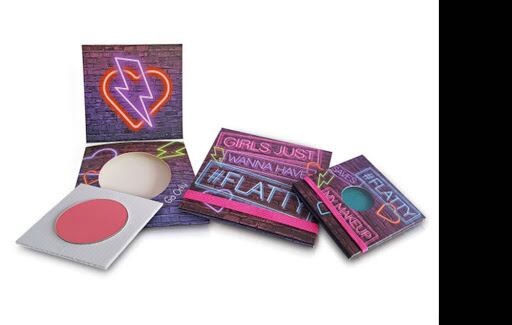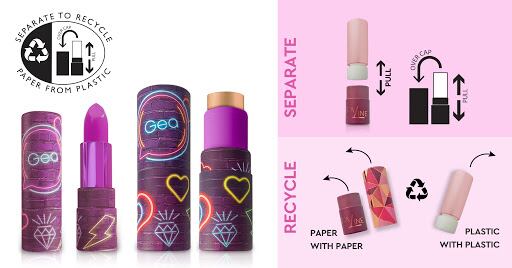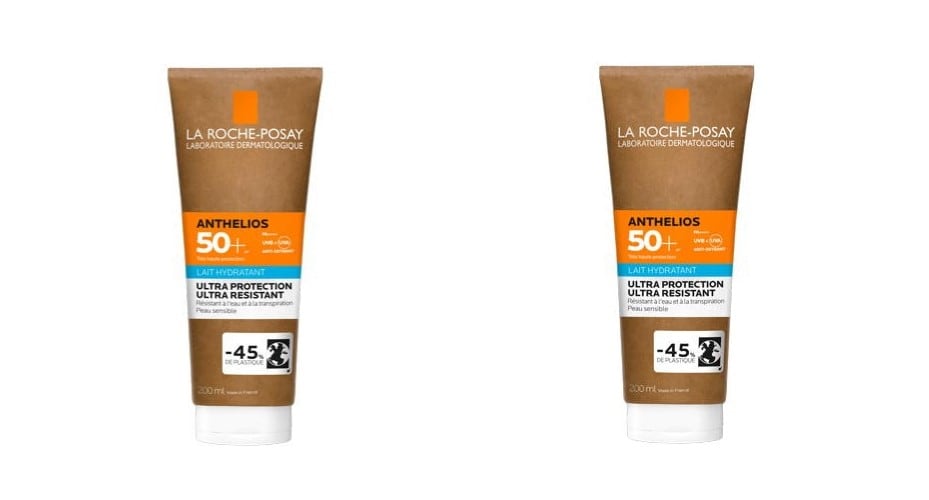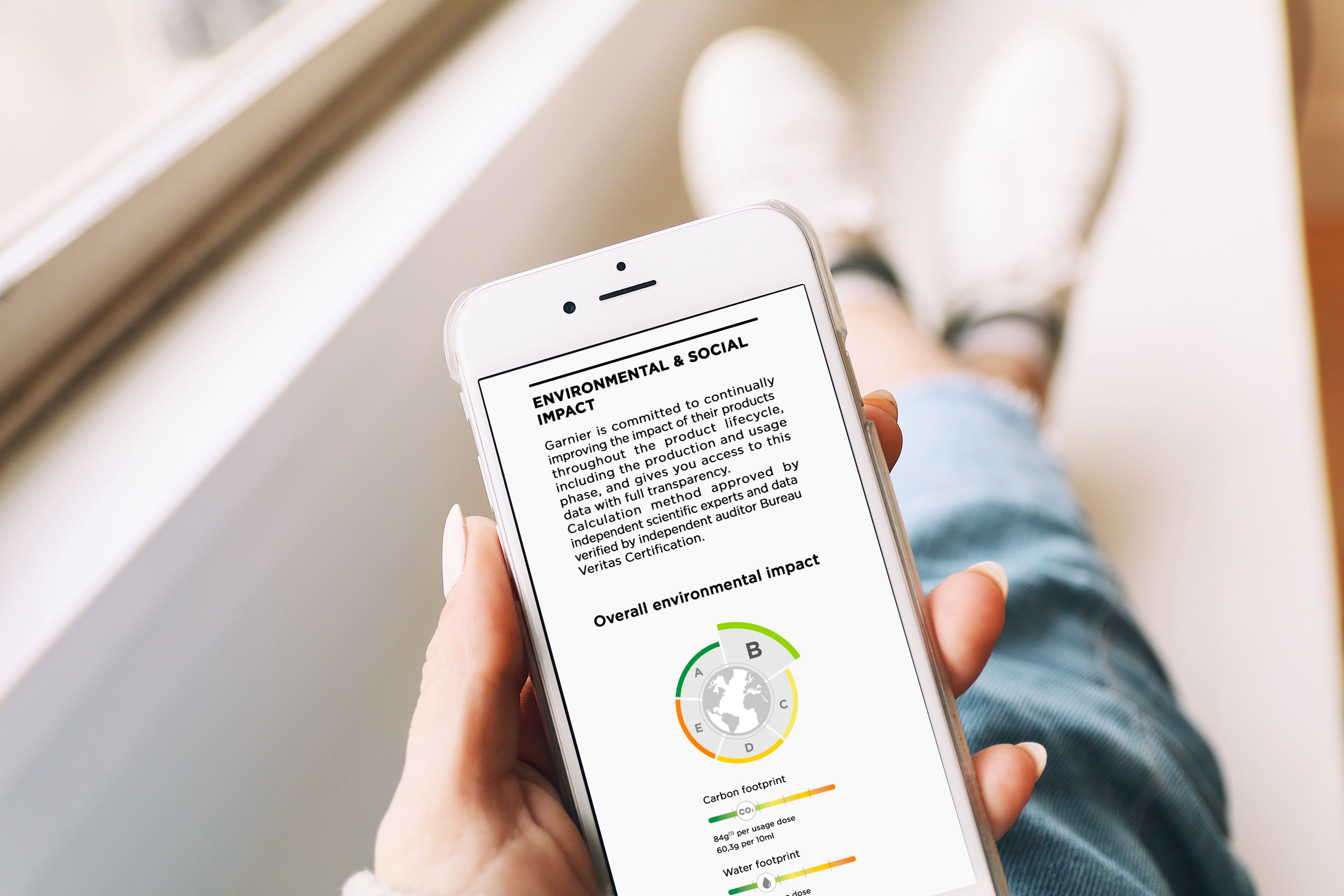After around one year in development, the company’s ‘separate to recycle’ or S2R packaging had now been launched – reducing the use of plastic in lipsticks by 60%. The inner mechanism used to expose and use the lipstick remained plastic, but the outer sleeve was made from 100% cardboard/paper.
The packaging had been designed so consumers could separate and recycle each part properly or buy plastic refills to reuse in the paper casing.
An ‘evolution’ following years of work in paper
Speaking to CosmeticsDesign-Europe, Stefano Focolari, CEO of Mktg Industry, said the design was an “evolution” of long-term work conducted by the company in paper packaging.
Whilst Mktg Industry had already developed an extensive range of paper-only packaging for some cosmetic products, like lip balms and face sticks, Focolari said doing so for lipsticks remained complex because of application needs and formulations.
“For lipsticks, it requires a little precision in the application because it’s a colour cosmetic. The only way you can actually use lipsticks properly is with a plastic mechanism,” he said.
A cardboard-only design also wouldn’t work because of the level of colours, fats and waxes used in lipstick formulations that need to be contained and protected, he said. “Currently, there’s no way you can go with an entirely cardboard stick for lipstick.”
The separable plastic-paper packaging, he said, offered lipstick brands a middle ground for a more sustainable alternative to traditional plastic designs, Focolari said, that also responded to market demands for recyclability. “We’ve been working on cardboard and paper packaging for a while now and everyone was asking if the cardboard could be separated from the plastic sleeve.”
And Focolari said many of the bigger beauty brands that were previously undecided on how green to go were now ready to make the change after COVID-19, which could take the concept into mass market beauty. "Before they were only thinking about it, and now they’re going for it – something happened in the market."
Not only for natural make-up – ‘you can do great stuff’

Asked what his hopes were for coloured cosmetic packaging in the next 3-5 years, Focolari said: “Hopefully that we go towards more sustainable packaging and that we can make beautiful products.”
Typically, he said when industry thought of paper packaging there was still an assumption that formulations or the brand had to be natural, but that didn’t have to be the case.
“Beyond natural, you can do great stuff. Take cardboard pallets as an example – we make cardboard pallets with a rubber band instead of magnets and you can do great things on cardboard pallets. Cardboard pallets are exactly the example of packaging that went beyond being natural and companies started using them because they was nice and you could do great printing on them, which consumers loved.”
The decoration possibilities on cardboard outer sleeves, he said, were huge compared to traditional plastic lipstick casings because companies could print in far more detail onto cardboard.
A collaborative effort to overcome technical hurdles
Focolari said Mktg Industry had worked closely with colour cosmetic brands, fillers and formulators to ensure the lipstick packaging concept worked.
“It’s only if you find a solution between the formula and packaging that you can have a real innovation. If the packaging and formulators go their own way, there’s nothing good coming out of that. We have to work together,” he said.
This would be especially important moving forward, for the future of cosmetics, as more formulators and brands worked with new water-free and solid formulas that were greatly different to traditional products, he said.




